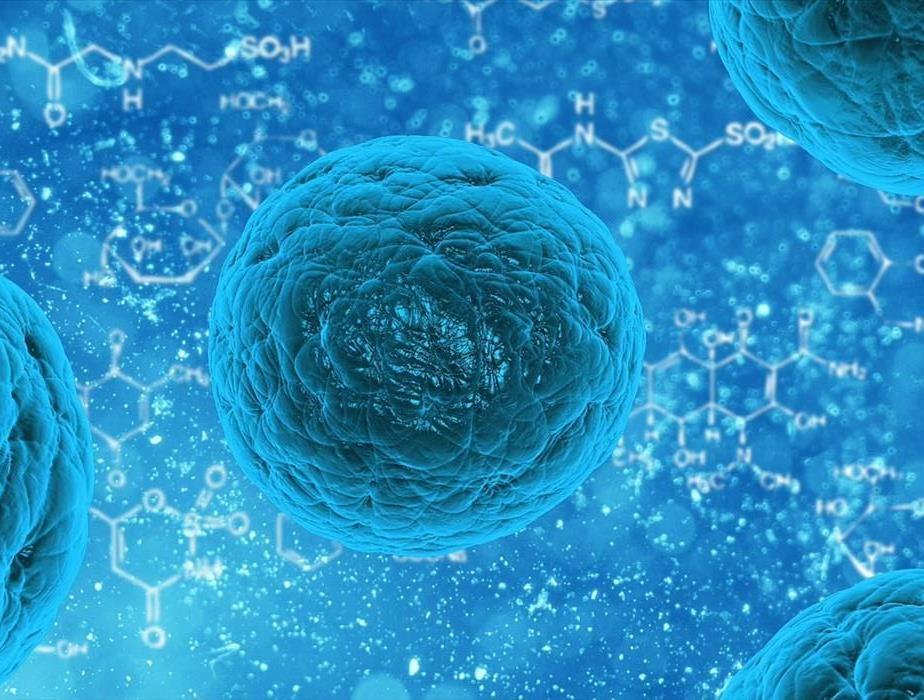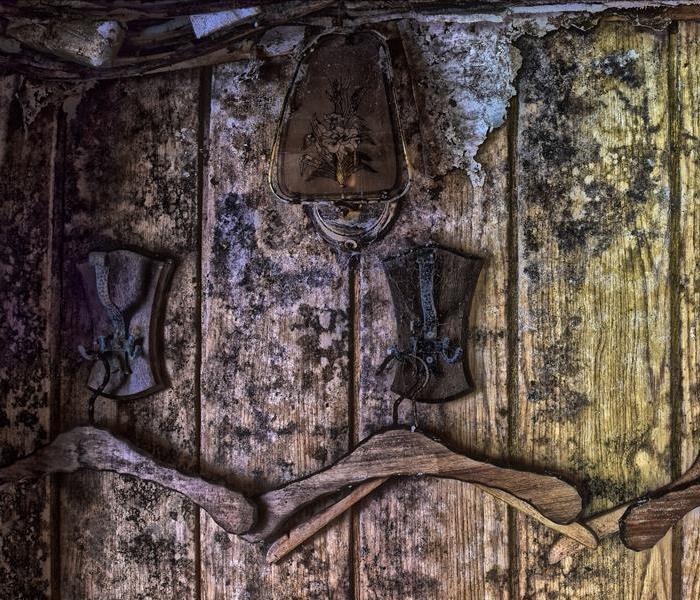Recent Mold Remediation Posts
When does Water Damage Cause Mold?
5/19/2022 (Permalink)
 Do I have mold?
Do I have mold?
Whenever you have a water loss, it is a nerve-racking experience. You have to worry about cleaning up the water, drying out what’s affected, and possible mold growth. Sometimes you can take care of these things on your own, other times a professional company, like SERVPRO®, needs to come in assess it and then clean it. With any water loss, mold should be a worry, but when does water actually cause mold growth?
Different types of water damage that can cause mold growth are:
- Sewage back-up from flooding in the area.
- Plumbing or roof leaks.
- Damp basement or crawl space.
- Overflows from sinks or bathtub.
- High humidity: steam cooking, dryer vents, humidifiers.
- or any type of stagnant water in your home.
Mold will begin to grow 24-48 hours after the initial water damage. If you discover the source of damage, stop it quickly, and clean up the mess you likely don’t have to worry about mold. If the water damage isn’t found within a few days, mold is going to become a concern.
If the water is not dried out within that time window, a professional may apply antimicrobial products to prevent growth. This is why you should contact a professional no later than 48 hours after the initial damage, if there is still moisture present.
The best way to prevent mold growth from water damage is to clean up the water and dry out the area as fast as possible. If you aren’t sure whether or not you can dry it out on your own, contact SERVPRO of Logan Square/Humboldt Park and we can advise you on the next steps to take to prevent further damage to your home.
Is Bleach The Answer To Removing Mold
6/3/2021 (Permalink)
 Bleach Isn't The Answer
Bleach Isn't The Answer
Handling a bit of fungus cleanup in your business might seem like a do-it-yourself job, but are you sure? Before you reach for the bleach, you should know that it is not the best way to eradicate mold.
How Mold Works
Mold is a fungus that spreads through airborne spores. Most of the time, there is no need for concern. However, the United States Environmental Protection Agency (EPA) states that if the conditions are right, it only takes 24 to 48 hours for mold to settle and a little over a week for it to start spreading.
Mold needs a good source of moisture, food and warmth. The more porous the nutrient source (drywall, wood, fibers), the better. Mold will penetrate these surfaces and grow deep down in them, making it hard to get rid of the infestation.
Why Bleach Is Not the Solution
Bleach is not considered an effective method for fungus cleanup for a few reasons:
- It is not effective for long term use.
- It only cleans the top layer of surfaces, allowing mold to continue growing underneath.
- It encourages growth because it creates moisture.
Furthermore, the EPA advises against the use of the chemical because if the work area is not properly ventilated, it can cause harm to those using it.
How To Take Care of the Problem
To clean up mold, you have to find the reason for the moisture that is helping it grow. Fixing water issues such as broken pipes is the first step in mold removal. The next step is to dry the area completely and get rid of the affected materials. Some small infestations might be manageable on your own, but if you are dealing with a mold problem that extends beyond 10 square feet, it is safest to ask a mold remediation specialist for help.
With the right knowledge and help from your local expert in Chicago, IL fungus cleanup might end up feeling like a minor job, after all.
Where Can Mold Damage Spread To?
5/17/2021 (Permalink)
If you have discovered a colony of mold growing in your home, you may be alarmed that it will spread to other materials and regions of the house. Mold reproduces relatively quickly, and can easily spread out across a home and create additional colonies. Sometimes, mold spores may remain dormant until they find the perfect growing conditions in your home, and so there may still be problems days or weeks after you thought the problem was stamped out. To prevent this, SERVPRO or Auburn/Rocklin does a thorough analysis of wetness and causative factors in the home, but you should also understand where mold is most likely to spread in your home.
Carpets
Carpeting across your home has a relatively high chance of incurring additional mold damage. Carpets often absorb the same moisture as higher-elevation spots of damage, and thus can easily develop mold growth even if they were not the original focal point in your damages. Furthermore, carpets in different rooms can easily transfer mold spores between each other when a human or pet steps on a developing mold patch, carrying a large mass of microscopic mold spores without ever realizing it.
Curtains, Towels, and Fabrics in Bathrooms
No matter where the mold damage is in your home, fabrics in your bathroom may be at an elevated risk simply because they are constantly in a warm, moist environment. Mold spores spread through the air across your home, and there is little to be done about this, but reducing the amount of moisture affecting fabrics and organic materials in the bathroom can help prevent mold.
Behind Walls and in Attics
The materials behind walls and in attics are commonly made of wood and perhaps paper, two highly absorbent, organic substances which are highly favored by mold. If any kind of moisture reaches these regions, mold will grow quickly in them. We use advanced detection equipment to measure humidity and risk in these areas for further mold growth.
SERVPRO of Logan Square/Humboldt Park is a locally-owned company with national assets to help stamp out even the toughest mold cases in the community. Call us 24/7 at (773) 873-6300 for mold remediation or services.

 24/7 Emergency Service
24/7 Emergency Service


